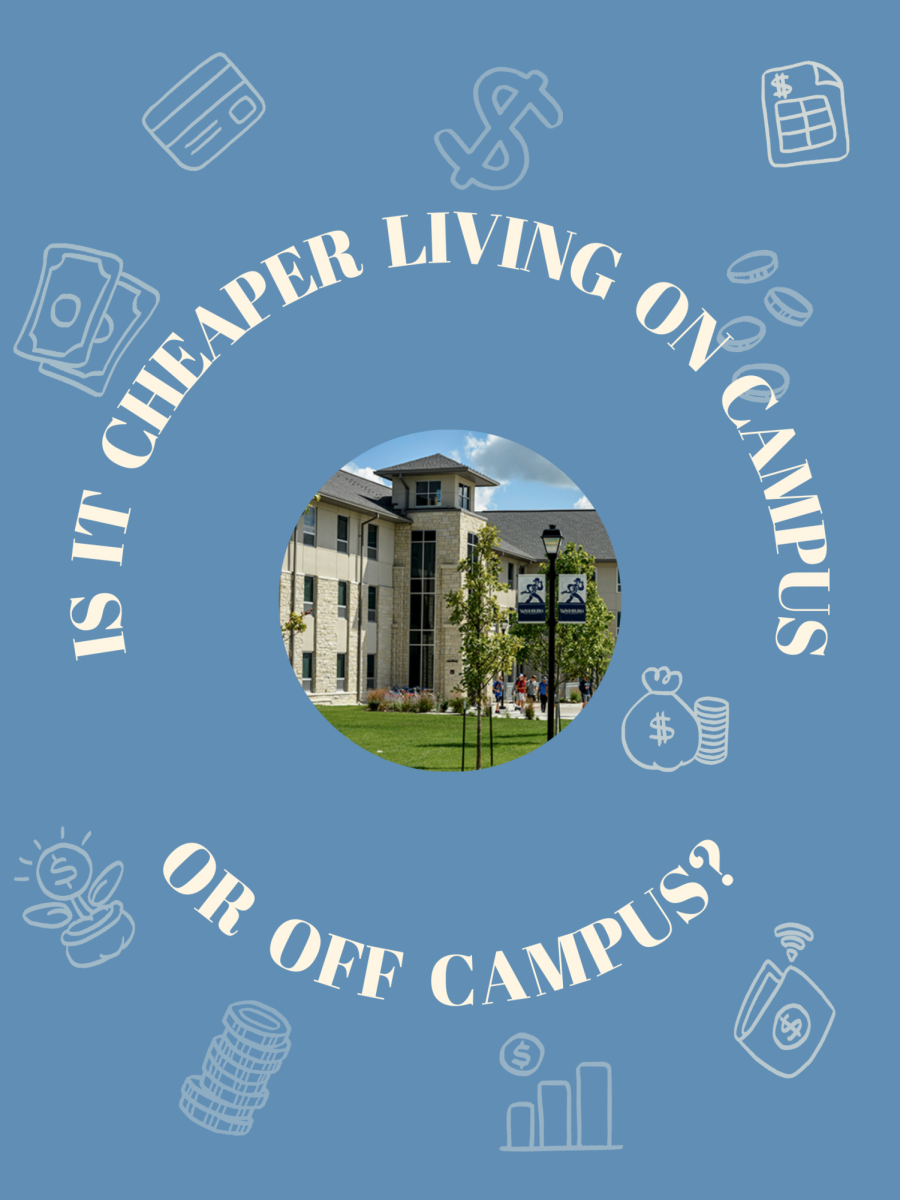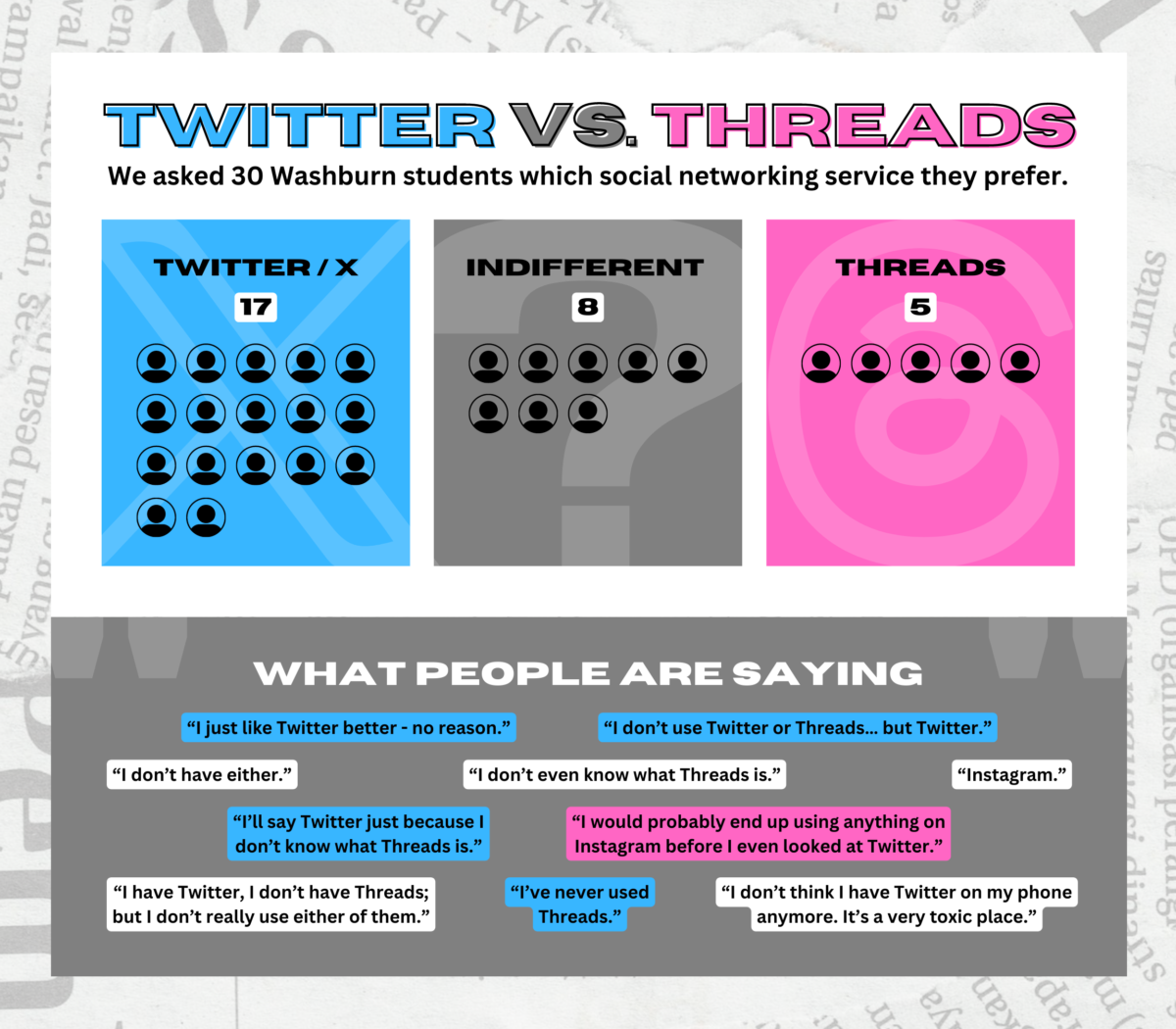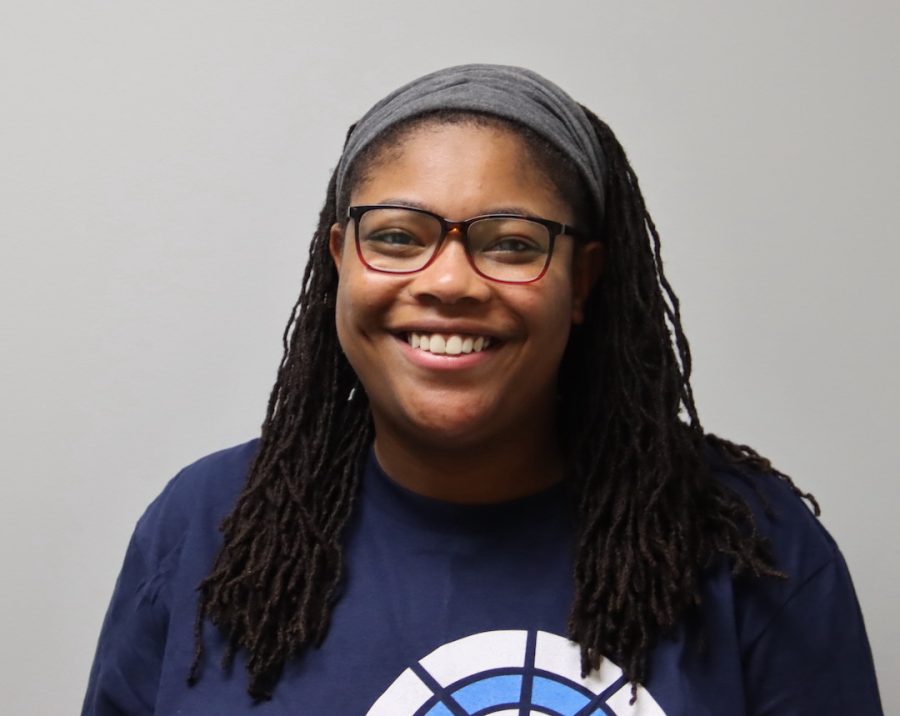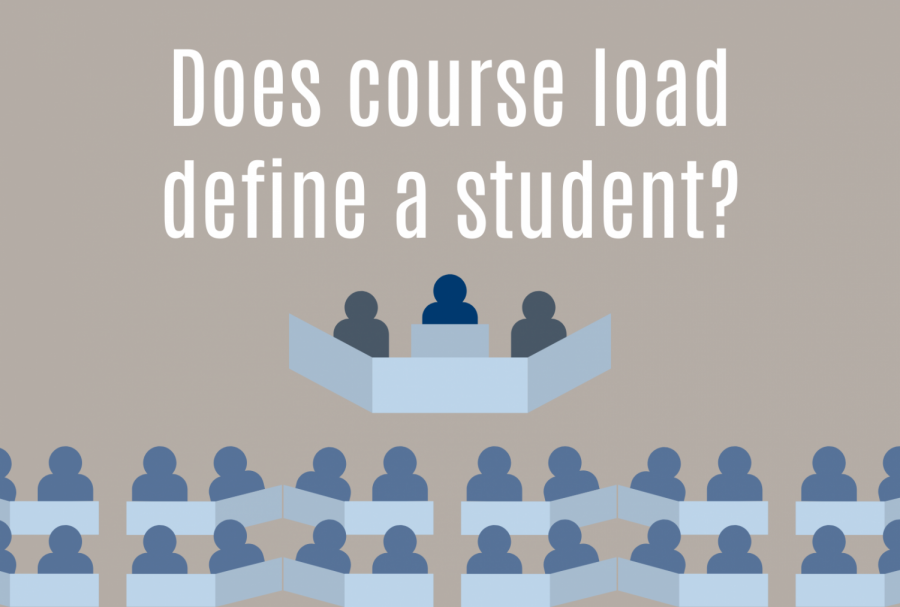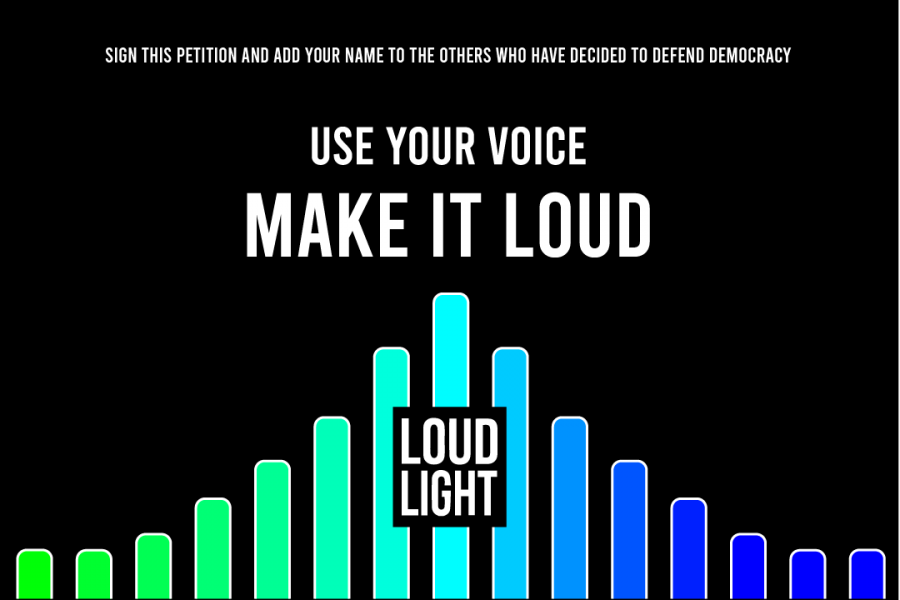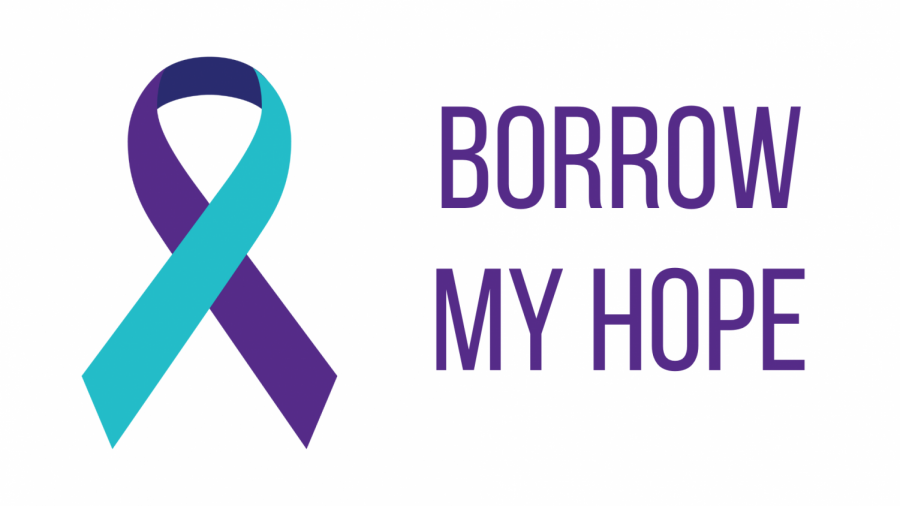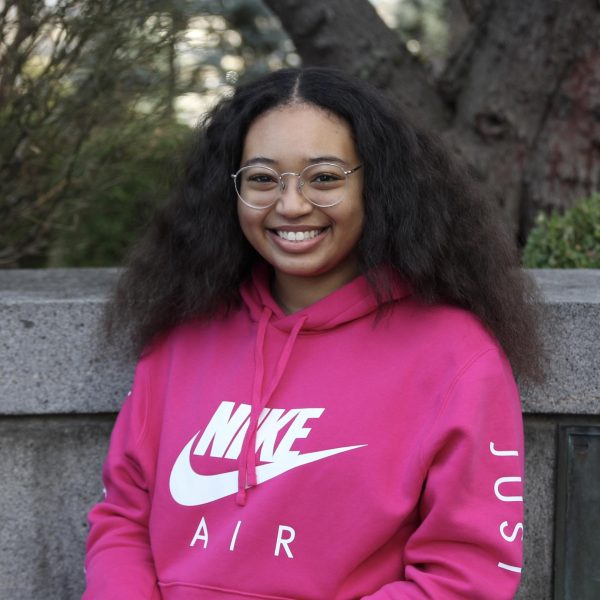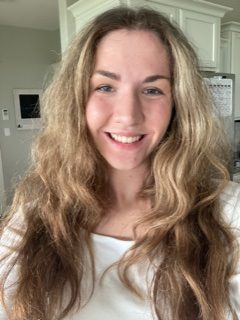
*Note from Evie Gentry: I am currently in the OTA program at Washburn University and in the Health Services Administration program pursuing my bachelor’s degree. I work in a local hospital as a rehab aide while being a full-time student and am pursuing my passion in writing. Throughout my college career, I have written many essay and research-based pieces and am look forward to applying my writing interests into my occupational therapy studies as I seek to write on different topics within the therapy field.*
Polarity is the sticky glue that keeps the world spinning. It is two opposite ends, either opposing each other in rejection or pulling each other close in passionate attraction. In basic biology, the concept of polarity is what forms water molecules and sustains life, and that covalent bond, no matter how small, creates a symbiotic relationship of vital dependability. However, polarity is also recognized for its representation of differences, like a pendulum swinging back and forth between two opposite ends. This can be observed in many aspects of today’s society, including the field of occupational therapy where the pendulum swings between the shiny, flashing grandeur of new innovative treatment methods driven by new technologies and the simplicity of human touch with limited technological aid, a biological reassurance of closeness that is the hallmark of traditional healthcare. With occupational therapy providers and providers-to-be, the polarity of both sides of the pendulum swing presents opportunities of potential treatment ideologies that might be included in the occupational therapist’s tool-belt, but not before careful and examination and review.
On one side of the pendulum swing is artificial intelligence (AI), the bright lights of promising innovation. It is undeniable that the rise of AI and medical advancements in treatment methods change current patient intervention practices, including within occupational therapy. Technology expands and allows for different domains and processes for occupational therapists to work in incredibly diverse ways. According to Adam Bohr and Kaveh Memarzadeh writing for the National Library of Medicine (2020), the development of AI leads to many promising improvements in the treatment methods used by healthcare and occupational therapy providers alike. They state, “There is great optimism that the application of artificial intelligence (AI) can provide substantial improvements in all areas of healthcare from diagnostics to treatment. There is already a large amount of evidence that AI algorithms are performing on par or better than humans in various tasks, for instance, in analyzing medical images or correlating symptoms and biomarkers from electronic medical records (EMRs) with the characterization and prognosis of the disease.” (Bohr and Memarzadeh, 2020). Because of the large influx of patient data that occupational therapists obtain through treatment, the advancing of AI holds the potential to aid in information holding databases that promote efficiency.
Another opportunity that AI offers occupational therapists is the use of natural language processing. In their article, the potential for artificial intelligence in healthcare, Thomas Davenport and Ravi Kalakota of PubMed Central discuss how AI might impact the futures of healthcare providers. Natural language processing is described by Davenport and Kalakota as including “applications such as speech recognition, text analysis, translation and other goals related to language” (Davenport and Kalakota, 2019). This form of AI can help occupational therapists produce documentation more effectively and efficiently. Natural language processing also helps providers better understand and format their documentation and store documentation in a structure that is easily accessible for future reference (Davenport and Kalakota, 2019). These uses of AI can improve delivery of care to patients because more efficient and effective documentation results in a lighter administrative workload for the provider which, in turn, leaves more time and energy for patient treatment.
Changes from AI and other developing technologies in occupational therapy will also result in changes to process interventions within the occupational therapy realm. Focusing on a patient-centered approach, the process interventions center on creating the best treatment plan with the patients themselves, fostering direct and intentional care. Within occupational therapy, direct patient contact is foundational, but AI introduces a new way to approach patient care. One innovative process intervention in patient treatment from AI is the use of virtual reality. Sarah Lyon of OTPotential highlights an AI-based intervention with the name MindMaze, which is a healthcare-based organization that provides digital- based treatment methods. An element of MindMaze, called TOAP Run for Parkinson’s Disease, is a treatment method for patients with Parkinson’s disease where the patient enters a videogame simulation through a virtual reality device and works on their balance as a treatment method to reduce falls. Digitally based and AI-driven occupational therapy interventions such as these are important to occupational therapy as use of technology continues to evolve. According to Lyon (2023), the use of virtual and augmented reality-based treatment methods are innovative and engaging for patients, utilizing the technology advancements at hand to improve patients’ wellbeing and outcomes of their conditions. As these examples highlight, the use of AI in occupational therapy is one pathway of healing that is adapting almost fast as technology is.
However, there is a different view where the pendulum swings in the opposite direction. The perspective from this end of pendulum swing is prioritizing the simplicity of human closeness and touch instead of the flashiness of innovation. The uniqueness and realness of human touch is something that cannot be artificially created or forged. In a world of ever-changing technology in patient care, what does this mean for the power of human touch? Dr. Stephanie Sedlacek, a licensed occupational therapist who has worked for 15 years in different hospitals and school systems, sheds some light on how important touch is in healthcare. Dr. Sedlacek emphasizes the importance of human touch in the Neonatal Intensive Care Unit (NICU) with the tiniest of babies: “There’s a lot of studies about the NICU infants again and how 95% of their touches are medical touches, with gloves on or a poke, prod, or taking of vitals. They’re really deprived in that aspect.” (Stephanie Sedlacek, personal communication, 2024). For occupational therapists in the NICU, there is an intervention called “kangaroo care” where the babies are placed on someone’s warm chest to give them the power of human touch in an otherwise-touch depleted environment. In an article covering this specific impact of human touch McParlin and Cerritelli et.al. (2023) discuss a 2020 study done in the NICU where researchers interpret the results of having babies separated from their mothers for two weeks and babies having constant skin-to-skin contact. The study shows that babies who were able to have skin-to-skin contact improve in orientation, autonomic function, and information processing. Additionally, the presence of human touch in the form of “kangaroo care” increases the babies’ emotional regulation abilities to 20 years of age, benefitting the babies decades past the NICU. This form of “comfort contact,” a gentle hold of a hand or another warm gesture, serves as a means of therapeutic intervention that provides security, safety, and love. McParlin and Cerritelli et.al. (2020) go on to say that “Therapeutic touch can serve as a ‘secure base’ by instilling a sense of social support and security in the clinical setting, thereby enhancing the robustness of the alliance and relationship with the patient.” The use of human touch in the NICU shows that those who received “kangaroo care” or skin-to-skin contact were able to flourish more so than those who did not receive it. This study detailed the therapeutic power of the realness of human touch, the feeling or comfort and assurance from the presence of another.
As a powerful element of healing, touch comes in many different therapeutic forms and results in varied positive outcomes. Julia Greicius for Stanford Medicine (2013) emphasizes that premature babies who receive infant massage therapies have an increase in acceptance, better sleep patterns and digestion, and in neurological function. Whether it is “kangaroo care,” infant massage therapies or other forms of direct contact, the power of the human touch can be seen in its impact on even the tiniest of patients and are crucial and irreplaceable therapy tools of the occupational therapist.
Dr. Sedlacek also emphasizes that the innate need for physical touch does not go away with age. Elderly patients need touch in their care as much as infants in the NICU. Kay Dunkley (2023) has the same perspective as Dr. Sedlacek, emphasizing that human touch is a necessity from birth till death. Practices of the occupational therapist, like holding hands, can signal comfort in older patients which builds trust and assurance. Due to the diversity of conditions treated by the occupational therapist, the importance of touch in patient treatments is observed across the age-ranges. Dunkley (2022) describes how in senior care facilities, some aspects of human touch are very clinical, resulting in a lack of warmness from healthcare providers. Dunkley describes this as touch starvation, which can lead to many forms of regression in patients in performing daily activities. Dunkley emphasizes the importance of the providers’ role in giving caring touch during treatments and during activities of daily living.
Polarity is the sticky glue that keeps life running. It also dictates that opposites keep moving back towards one another. In occupational therapy, this means that the pendulum swings between rapidly developing technological advancements and the simple power of human touch. Navigating the pendulum swing requires a balancing act between the positives and negatives of technological innovation. This requires the field of occupational therapy to adopt treatments using new technologies while being careful to not neglect primary elements of occupational therapy practice including the physical presence of therapists serving patients. Harold Thimbleby (2013) for the National Library of Medicine summarizes the challenge of balancing the pendulum swing, “When we tell good stories, we get into them, but there is not one story about the future. Anything is possible, and we need lots of stories, to explore good and bad and indifferent choices. Moreover, when we get to the future, it too will have another future. There is not one future, but many. We will never find satisfactory solutions to anything, as there will always be new things to try and explore. This week it might be the Cloud or improved natural language processing, but before we’ve got that working properly, somebody will have invented something that solves even more problems and sounds equally seductive. Yet while technology drives changes in healthcare, the fundamental problems of wellbeing, health, and happiness, will remain.”
In occupational therapy, using advancements in technology to adapt treatment plans shows great promise. However, OTs should be careful that adoption of technological advancements does not result in a reduction in the impactful and irreplaceable therapeutic use of direct patient care. In the practice of occupational therapy, it is important for the practitioner to be conscientious of the polarity between the shiny promise of new technology and the need for human touch, carefully weighing the implications of change in patient care with the adoption of new technology. The pendulum always swings, but it is the occupational therapists’ duty to ensure that patients will always be at its center.
References:
Bohr, A., Memarzadeh, K., (2020). The rise of artificial intelligence in healthcare applications. National Library of Medicine https://www.ncbi.nlm.nih.gov/pmc/articles/PMC7325854/
Davenport, T., Kalakota, R., (2019). The potential for artificial intelligence in healthcare. National Library of Medicine. V.6(issue 2) pg. 94-98. https://www.ncbi.nlm.nih.gov/pmc/articles/PMC6616181/
Lyon, S., (2023). Occupational Therapy Tech Tools (2023). OTPotential. https://otpotential.com/blog/new-occupational-therapy-tech-tools
Stephanie Sedlacek OTR/OTD/L, personal communication, January 24th, 2024.
McParlin, Z., Cerritelli, F., Manzotti, A., Friston, K., Esteves, J. (2023). Therapeutic touch and therapeutic alliance in pediatric care and neonatology: An active interference framework. Frontiers. V.11. https://www.frontiersin.org/articles/10.3389/fped.2023.961075/full
Greicius, J., (2013). The benefits of touch for babies, parents. Stanford Medicine News Center. https://med.stanford.edu/news/all-news/2013/09/the-benefits-of-touch-for-babies-parents.html
Dunkley, K., (2022). The importance of touch in medicine. AMA Victoria. https://amavic.com.au/news—resources/stethoscope/the-importance-of-touch-in-medicine
Thimbleby, H., (2013). Technology and the Future of Healthcare. National Library of Medicine. V.2(issue 3). https://www.ncbi.nlm.nih.gov/pmc/articles/PMC4147743/






